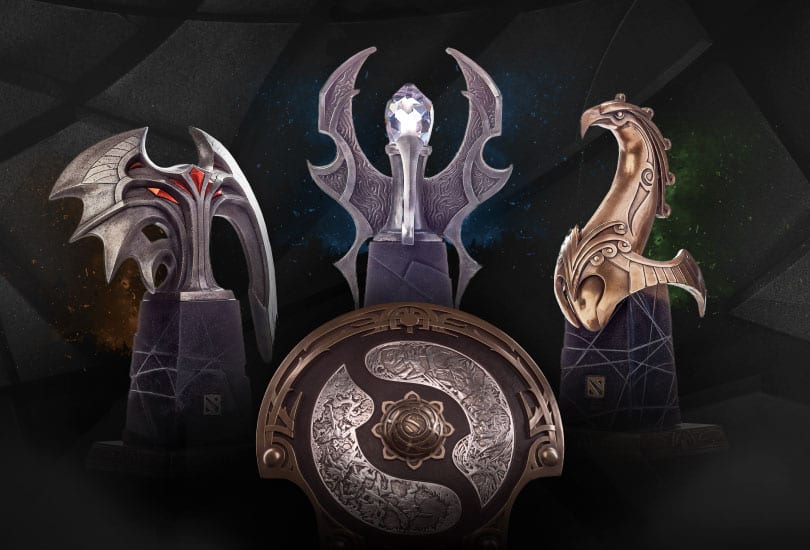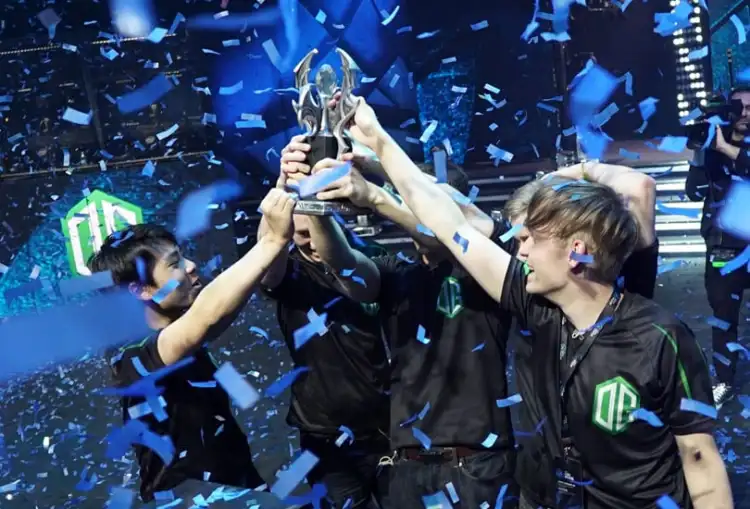Valve is attempting to bring more structure and consistency to competitive Dota 2 by introducing a new Regional League system. It believes the new system will allow for better scheduling throughout the year and will provide tier two and three teams with more support to assist in development.
The Dota 2 Regional Leagues will take place in six regions and will begin after The International 10. The six regions are North America, South America, Europe, CIS (Commonwealth of Independent States), China, and Southeast Asia. The year will be divided into three seasons that each culminate with a Major. And, as always, the Dota year will end with The International.
Dota 2 Regional League Details
Each of the six leagues will receive a $280,000 prize pool per season. The leagues will be separated into two divisions (the Upper and Lower Division) with eight teams in each. That’s a total of 96 teams competing across the globe. For the inaugural Dota 2 Regional League season, Valve will decide the teams that go into the Upper and Lower Divisions.
Each season will last for six weeks and will consist of each region playing a full best-of-three round robin. All matches will be kept to a specific day and time throughout the year. This is to make it easier for fans to watch games and track their favorite teams.
Speaking of watching, all Upper Division matches will be produced and broadcast from a studio. That’s an incredible commitment from Valve that will also provide a lot of consistent work for broadcast talent. All Lower Division matches will be shown on Dota TV, so fans can still tune in. Check out the season dates, timetable, and prize pool breakdown on the Dota 2 blog to see exactly when teams will play and how much they can win.
At the end of the season, the bottom two teams in the Upper Division will be relegated. These two teams will be replaced by the top two teams from the Lower Division. The bottom two teams in the Lower Division will be relegated from the Regional League and replaced with two new teams from Open Qualifiers. This will give new talent and teams a constant goal to be chasing and a direct route to the upper echelons of competitive Dota.
Dota 2 Majors
As mentioned, the Majors are the culmination of each season. They will see 18 teams from the six regions battling for their share of a $500,000 prize pool, plus Dota Pro Circuit points which will help them qualify for The International.
However, not all leagues are created equal. The Upper Division leagues from Europe and China will each get four slots for the Major. North America and Southeast Asia’s Upper Division leagues will each get three slots. While the top league in CIS and South America will each be allocated two slots.
For more details about the Dota 2 Major format and prize pool breakdown, you can check out the Dota 2 blog.
Who gets to go to The International?
In the past, Valve has hosted open qualifiers in the build-up to The International. Anyone could take part in these and win themselves a spot at Dota 2‘s biggest event. With the new Dota 2 Regional Leagues, this will be done away with. Instead, when the third Regional League season ends, the top 12 teams with most DPC points will qualify for The International.
The remaining eight spots will be decided through six regional final chance qualifiers. The teams that will compete in these are the eight best teams from each region that haven’t been invited to The International.








Published: Feb 26, 2020 4:30 PM UTC